Optimal Timing for Concrete Installations
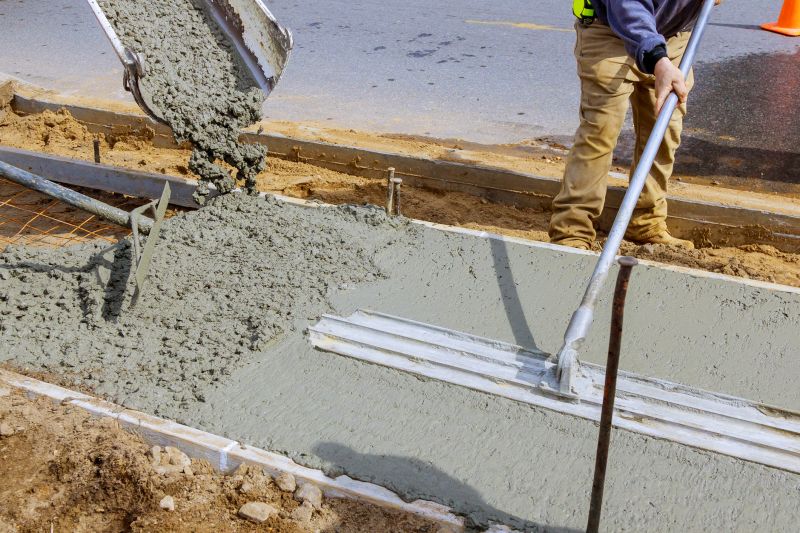
Spring offers moderate temperatures ideal for concrete curing and setting.
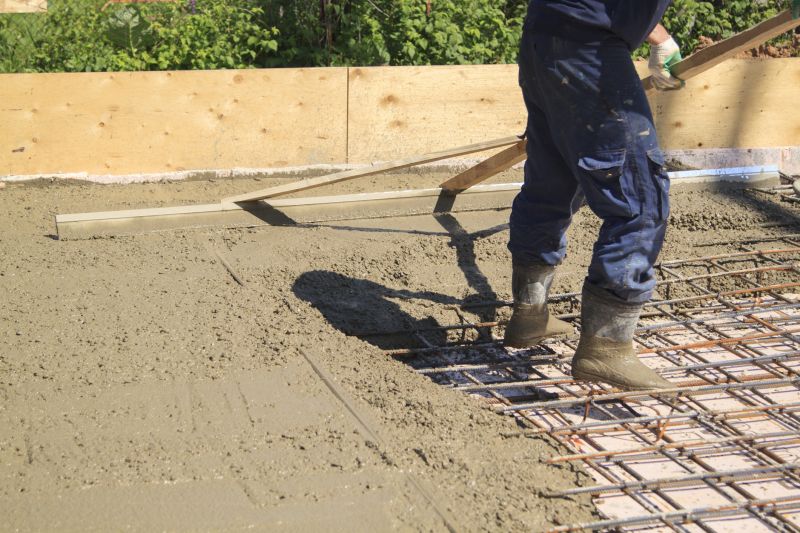
Summer provides longer daylight hours, but high temperatures require planning for proper curing.

Fall's cooler temperatures help prevent rapid drying, ensuring durable results.

Ways to make Concrete Installations work in tight or awkward layouts.
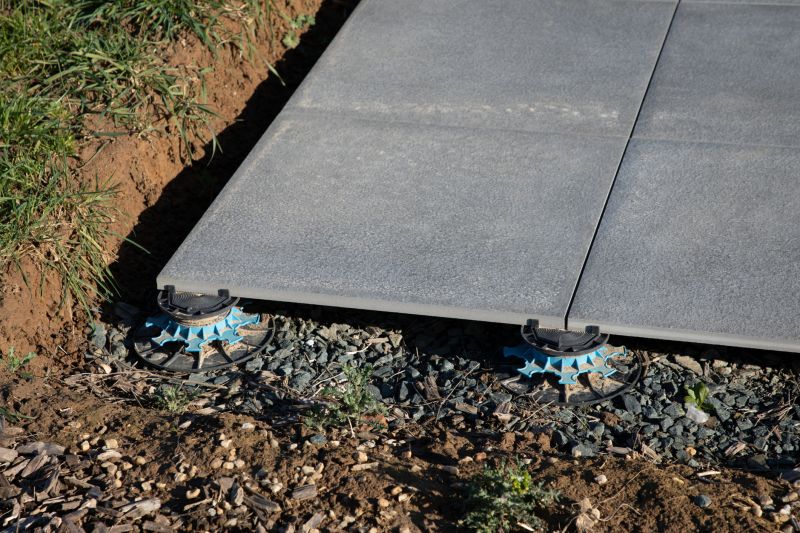
Popular materials for Concrete Installations and why they hold up over time.

Simple add-ons that improve Concrete Installations without blowing the budget.
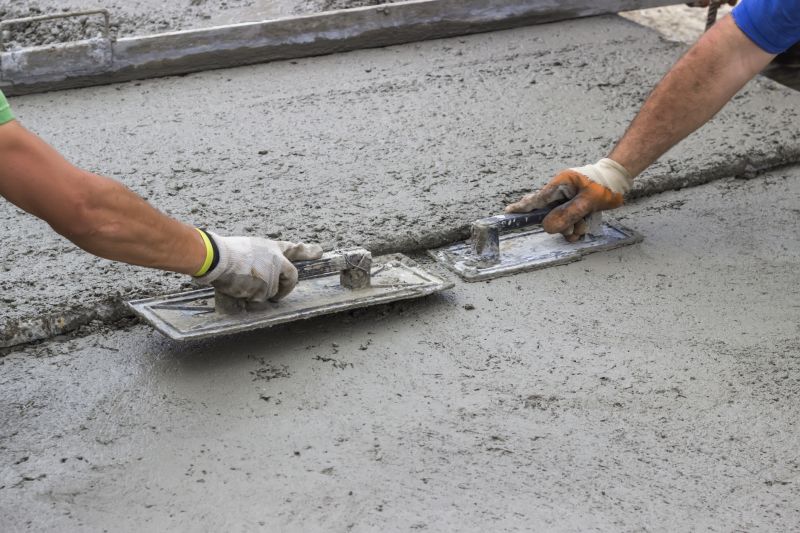
High-end options that actually feel worth it for Concrete Installations.
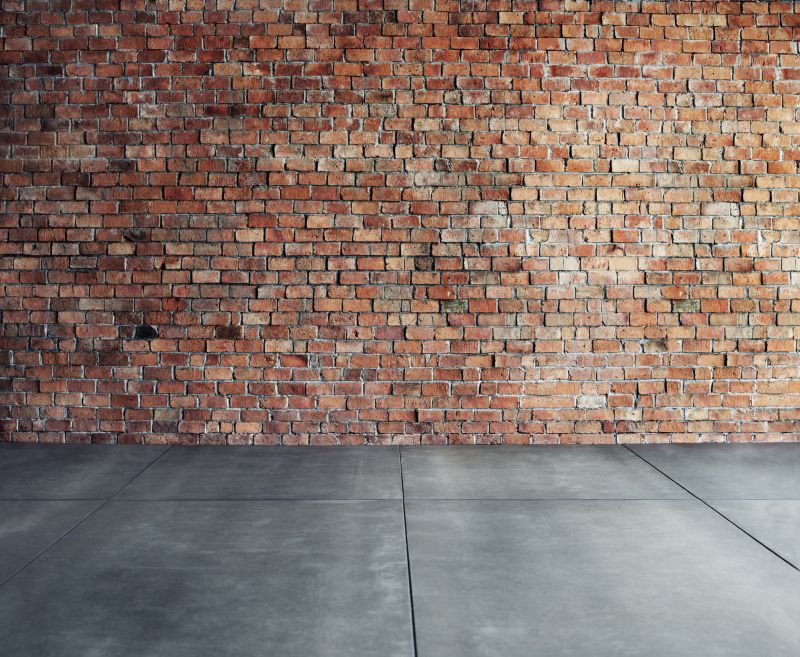
Finishes and colors that play nicely with Concrete Installations.
Concrete installations are a common choice for driveways, patios, and walkways. Proper timing ensures optimal curing, durability, and appearance. The climate in Layton, Utah, influences the best periods for installation, with moderate temperatures being most favorable.
Ideal temperatures for concrete pouring range between 50°F and 85°F to prevent cracking and ensure proper curing.
Moderate humidity levels aid in proper setting, while excessive dryness or moisture can cause issues.
Rain can delay concrete work and affect curing; scheduling during dry periods is recommended.
Spring and fall typically offer the most stable weather conditions for concrete installation.
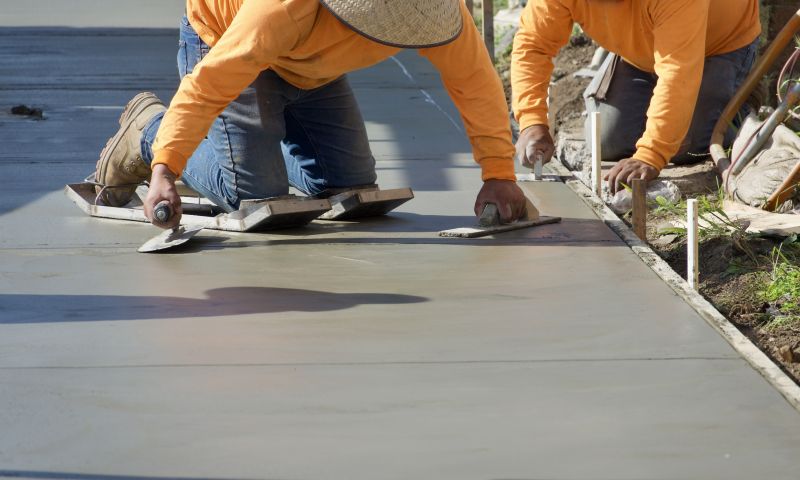
Spring temperatures promote optimal curing conditions.
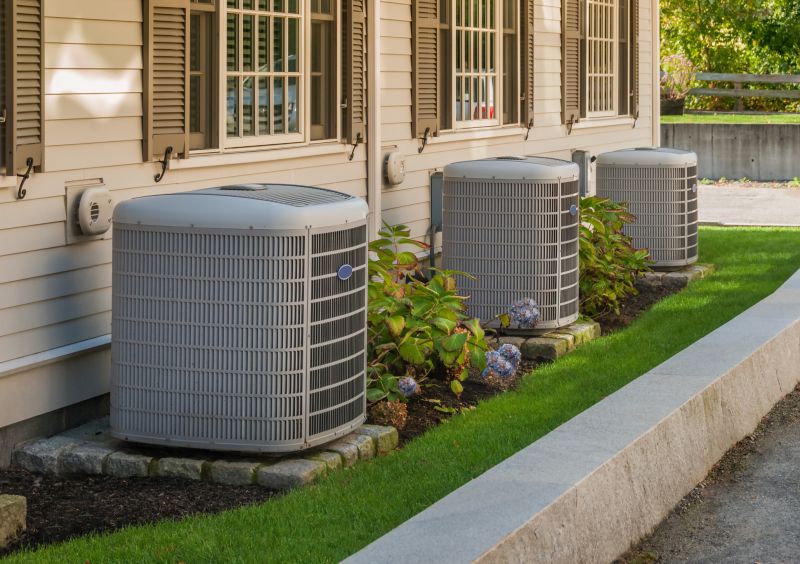
Summer requires measures to mitigate high heat effects.
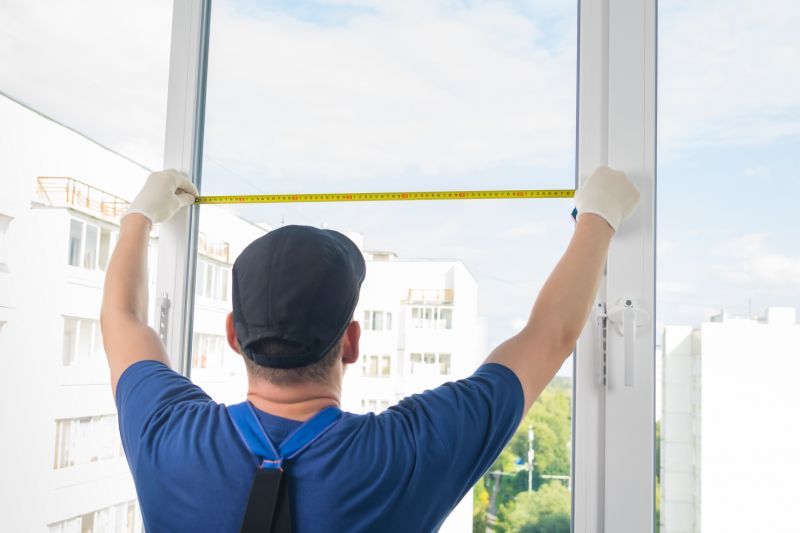
Fall provides cooler weather ideal for durable finishes.
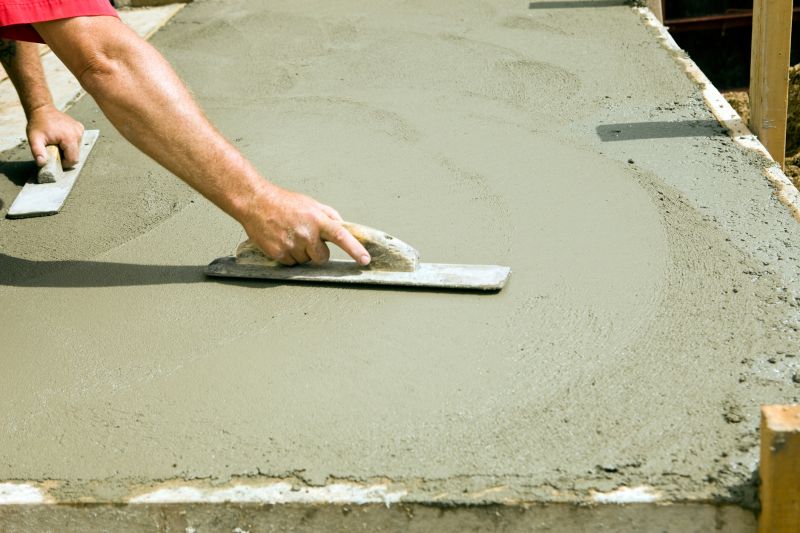
Planning around weather patterns enhances project success.

A 60-second routine that keeps Concrete Installations looking new.
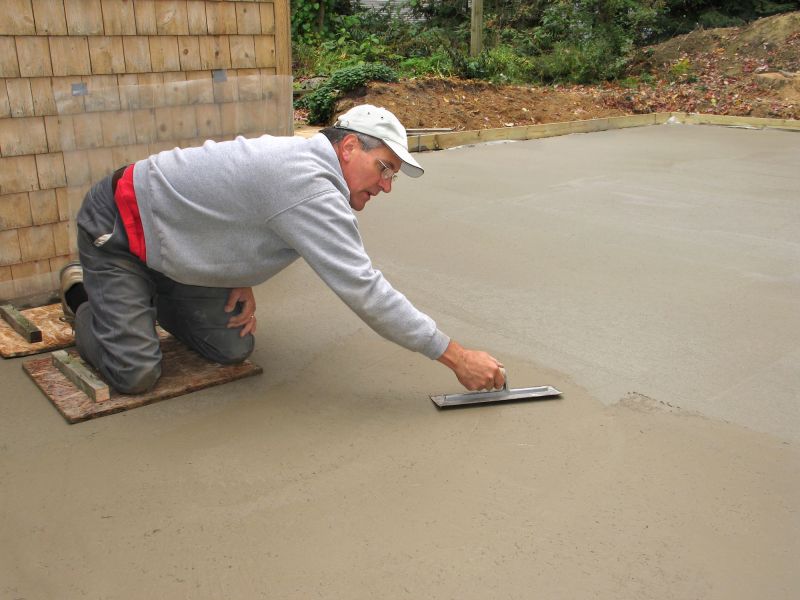
A frequent mistake in Concrete Installations and how to dodge it.
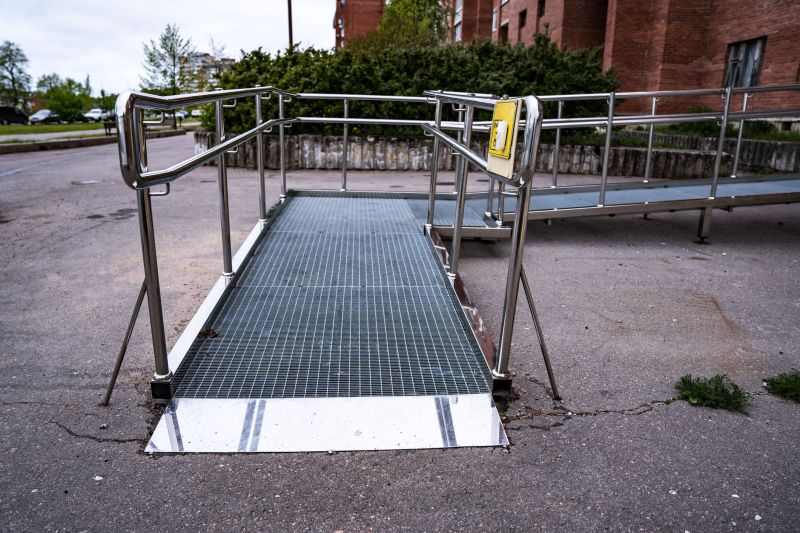
Small tweaks to make Concrete Installations safer and easier to use.
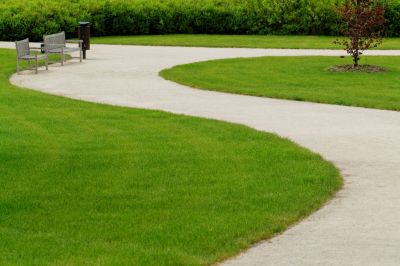
Lower-waste or water-saving choices for Concrete Installations.
| Season | Best Conditions |
|---|---|
| Spring | Moderate temperatures, low rain |
| Summer | Long daylight hours, high temperatures require precautions |
| Fall | Cooler temperatures, stable weather |
| Winter | Not recommended due to freezing temperatures |
Choosing the right time for concrete installation is crucial for achieving a durable and visually appealing finish. Weather conditions such as temperature, humidity, and precipitation significantly influence the curing process. Proper scheduling ensures the concrete sets correctly, minimizing the risk of cracks and surface issues.
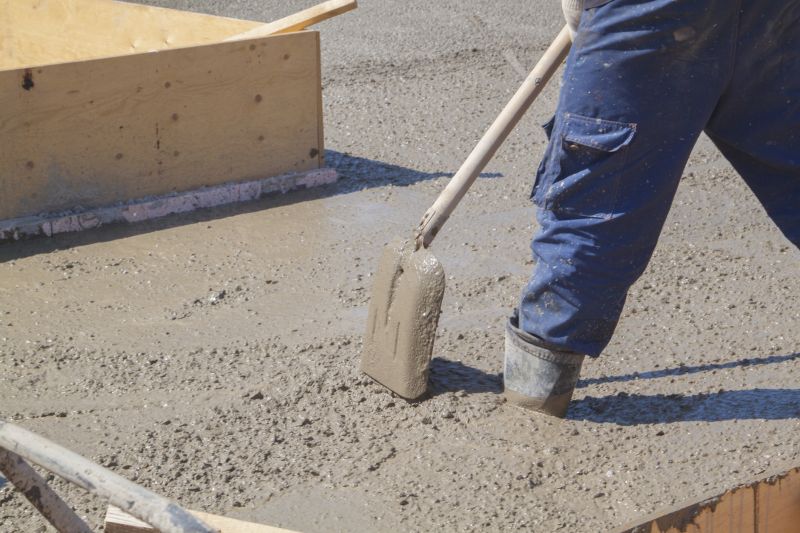
Scheduling during favorable weather promotes strong, long-lasting concrete.
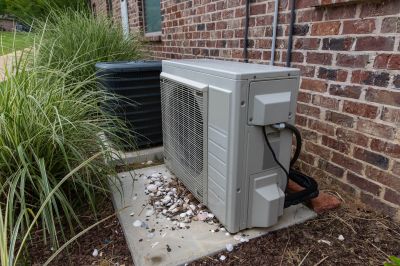
Additional measures help manage high temperatures during summer installations.
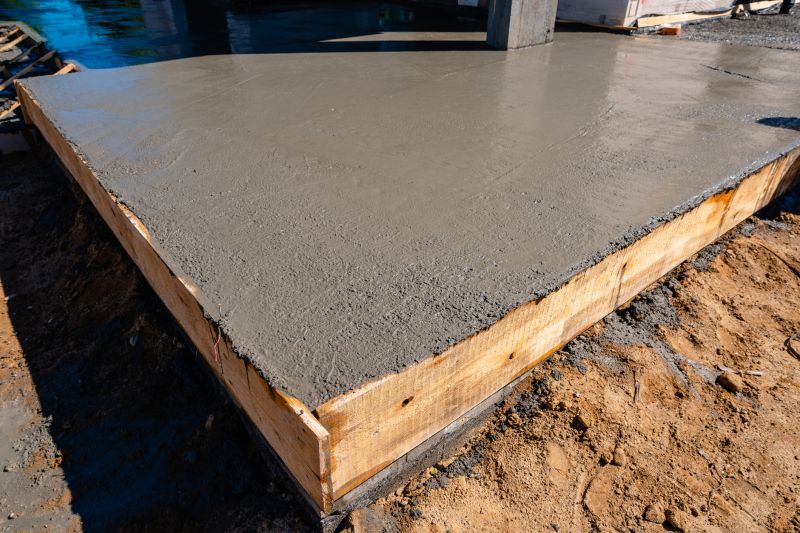
Cooler fall weather supports quality curing and finishing.
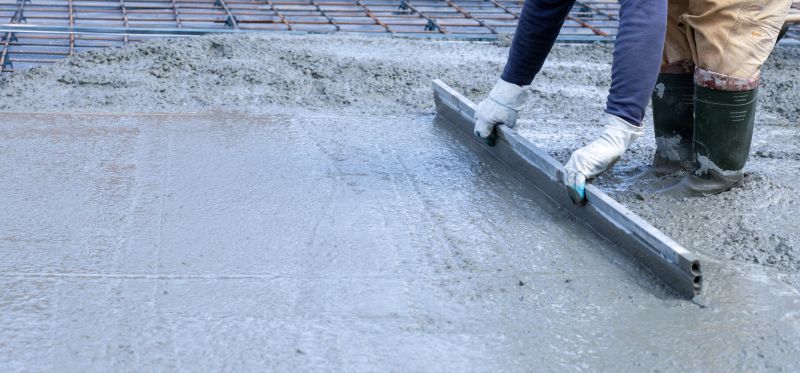
Monitoring forecasts helps avoid weather-related delays.
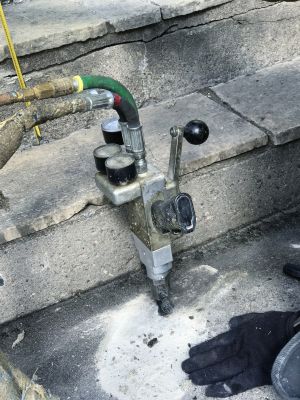
The short, realistic tool list for quality Concrete Installations.
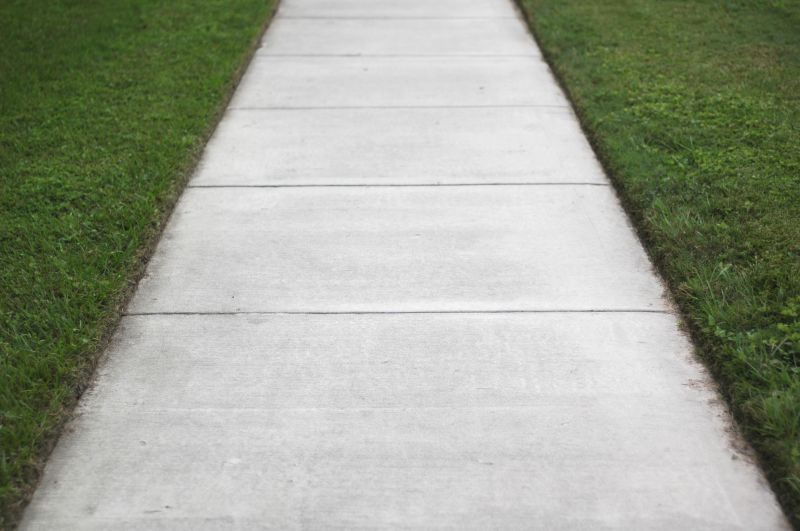
Rough timing from prep to clean-up for Concrete Installations.

Quick checks and paperwork to keep after Concrete Installations.
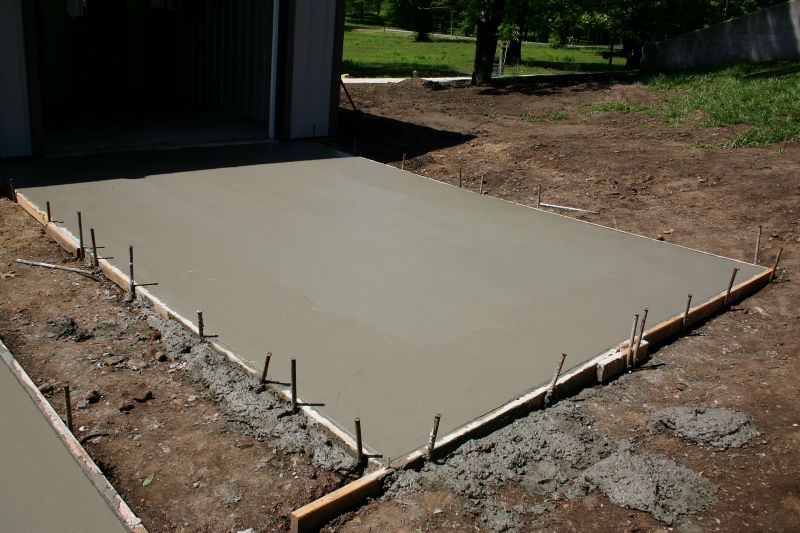
Examples that show the impact a good Concrete Installations can make.
Understanding local climate patterns and seasonal variations assists in planning concrete projects effectively. Proper timing not only enhances the longevity of the installation but also reduces the need for future repairs. Consulting with experienced contractors can provide additional insights tailored to Layton's specific weather conditions.
Interested in scheduling a concrete project? Fill out the contact form for more information.
